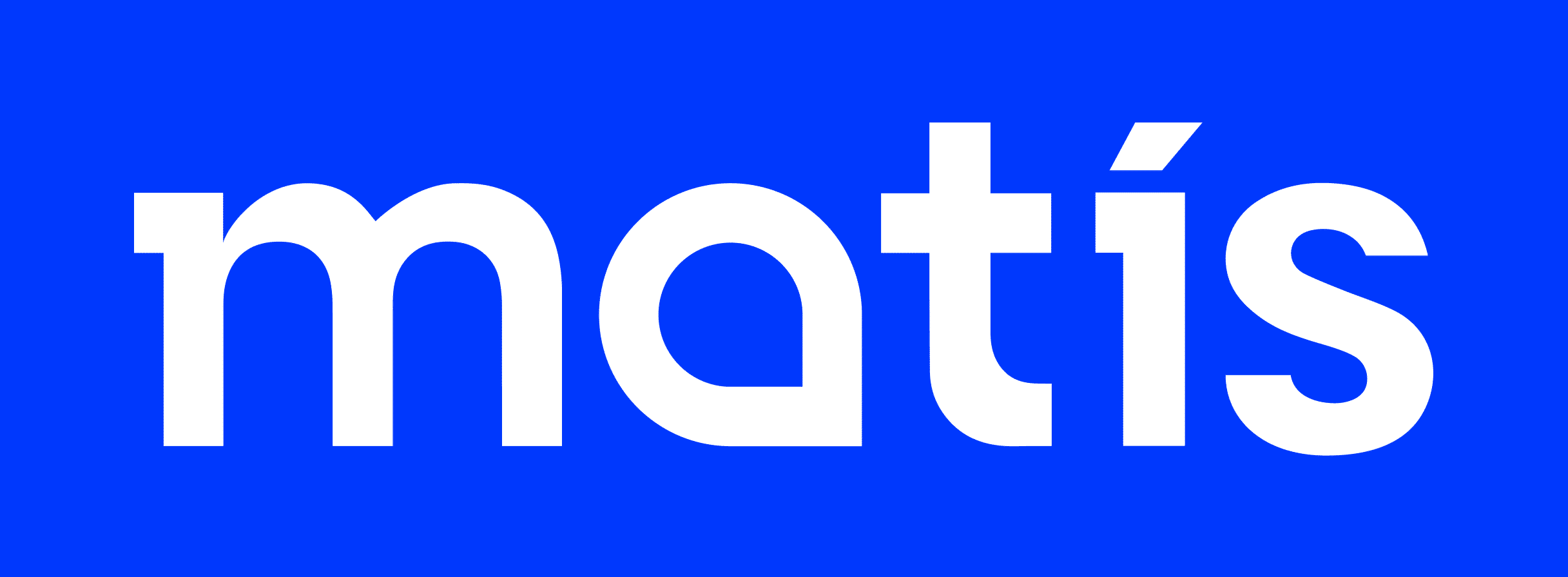The aim of this project is twofold, analyse the current status of low trophic aquaculture and fisheries/harvesting in the Nordic countries, and make recommendations on how more food and biomass from those LT species can be obtained in a way that does not deprive future generations of their benefits. Those recommendations will support future Nordic Council policies regarding exploring every avenue of sustainability within the blue sector and support the key pillars; sustainability, competitive edge, and constant innovation.
The current vision for continued Nordic co-operation is that the “Nordic region will be the world’s most sustainable and integrated region by 2030”, in which 12 objectives have been identified for 2021-2024. Given the importance of the Nordic region’s aquatic sector, every avenue of sustainability within the blue sector must be explored (Nordic Council of Ministers, 2020). In the Nordic countries, production from aquatic sources has played an important socio-economic role and will with controlled utilization, hopefully, continue to do so for the unforeseen future. Key pillars in production are sustainability, competitive edge, and constant innovation.
By 2050, it is estimated that the Earth will be home to 10 billion people. Feeding the world is already a challenge today, and this raises an important question: How can we sustainably supply food to the increasing population now and in the years to come? The consumption of marine foods, especially fish, has seen a significant increase in demand worldwide during recent decades. This increase can be attributed to the recognition of fish and seafood as principal factors regarding human health, but also the ever-increasing world population, resulting in high demand for increased food production and an urgent need to explore alternative sustainable food sources (Brugere & De Young, 2020). However, the world is facing unprecedented challenges in terms of climate change and achieving food supply and security. One alternative is to expand the production of familiar and novel food, particularly the production of low trophic species (LTS).
Eating LTS can help reduce the carbon footprint of food production and preserve ecosystems. This means that whilst feeding the population, we are also making a positive contribution to the fight against climate change and biodiversity loss, ultimately contributing to improved ocean health. Low trophic species have a low environmental impact and can even provide environmental benefits. Low trophic species include seaweeds, filter feeding shellfish such as mussels and oysters, grazers such as sea urchins and sea cucumbers, as well as some species of freshwater finfish. These species can be harvested or farmed in the sea or on land in tanks or ponds. When compared the climate impact of LTS is compared to other food products, it has been found that low trophic aquaculture (LTA) can provide food with a smaller carbon footprint than other land based meat production systems.
Furthermore, Low Trophic species are the key species in facilitating Integrated multi-trophic aquaculture (IMTA), which is a sustainable approach to aquaculture in which species from different trophic levels are cultured together. Species at the lower trophic level (usually plants or invertebrates) use waste products such as faeces and uneaten feed from the higher trophic species (typically finfish), as nutrients. The lower trophic species can then be harvested in addition to the fish, to give the farmer more revenue, or even to be fed back to the fish. This creates a circular system that can be more cost- efficient and reduce the environmental impact compared to the culture of each species alone. The concept can be applied to different species in the Nordic and adapted and designed according to their requirements. Here there is a huge potential in the Nordic because of facilities, infrastructure and good access to water and sea, to take the lead in IMTA and exploit all its potential.

